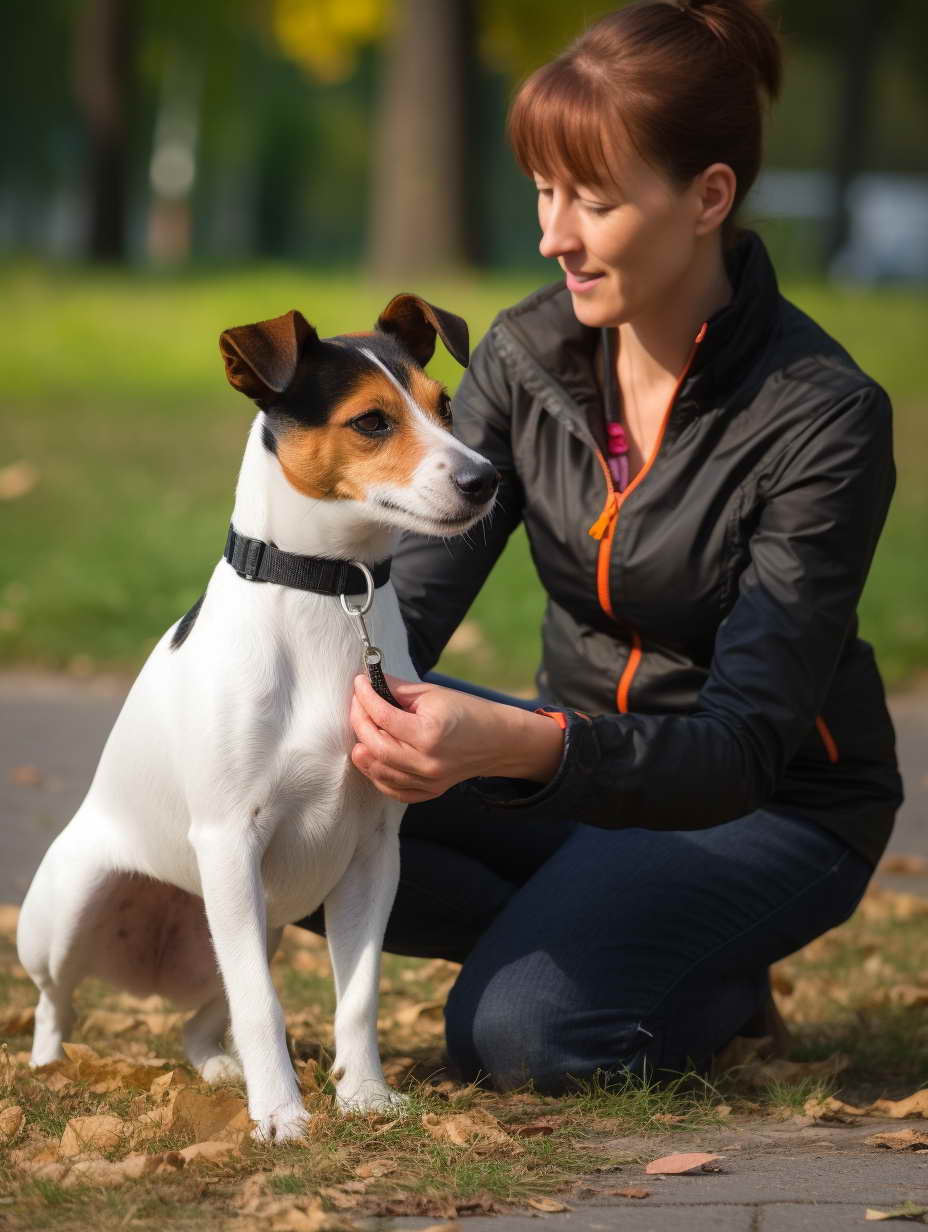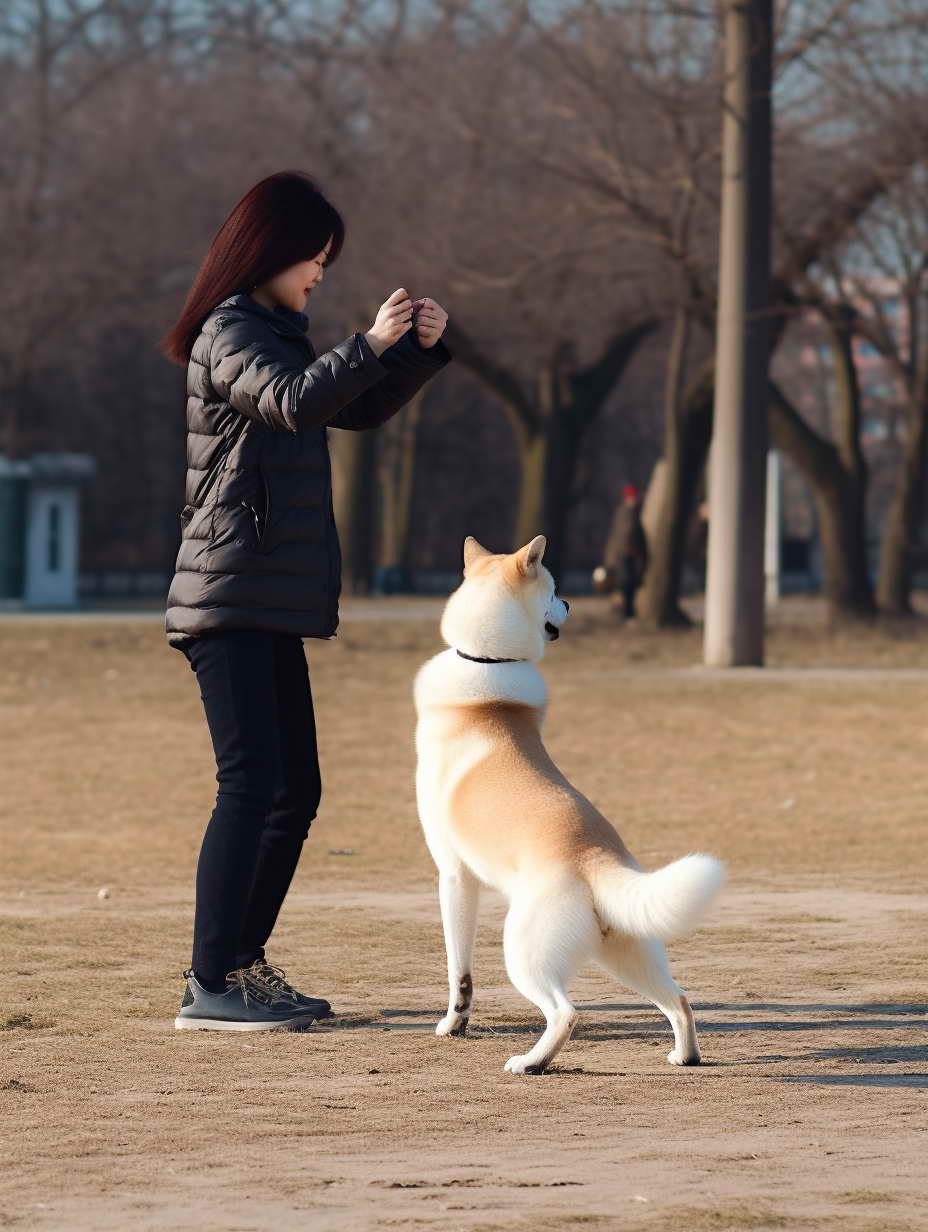Questions About Dog Training From Cost and Techniques
Welcome to the ultimate guide for dog enthusiasts and owners alike who are seeking answers to their Questions About Dog Training From Cost and Techniques. In this detailed article, we’ll delve into the essential aspects of dog training, from understanding the financial commitment involved to exploring the most effective training techniques. Whether you’re a novice dog owner or looking to enhance your existing knowledge, we aim to provide you with a well-rounded understanding of the subject. So, let’s get started!
The Cost of Dog Training
When considering dog training, understanding the associated costs is crucial. The expense of training your canine companion can vary significantly depending on various factors. Below, we’ll break down the cost of dog training, providing you with a clear picture of what to expect in terms of financial investment.
Factors Influencing Cost
Several key factors influence the cost of dog training, making it essential to evaluate your specific needs and budget:
- Breed-specific Training: Different dog breeds have distinct temperaments and learning curves. As a result, some breeds may require more intensive training than others. Typically, larger or more stubborn breeds may incur higher training costs.
- Training Methods: The training methods employed by professional trainers can vary in terms of complexity and effectiveness. Basic obedience training tends to be more affordable, while specialized services such as agility training or behavior modification may come at a premium.
- Duration of Training: The length of the training program directly affects the cost. Longer training programs, which cover a wider range of skills and behaviors, naturally cost more. Short-term programs may be suitable for basic obedience, while more extended programs are ideal for advanced training or addressing behavioral issues.
- Trainer Expertise: The experience and qualifications of the dog trainer also impact the cost. Highly skilled and experienced trainers often charge higher rates, but they may deliver faster and more effective results.
Budgeting for Dog Training
To effectively budget for dog training, it’s essential to consider the price range associated with these factors:
- Basic Obedience Training: Basic obedience classes, typically lasting six to eight weeks, can range from $100 to $200. These classes cover essential commands like sit, stay, and come.
- Advanced Training: For more advanced training, such as off-leash training or specialty commands, expect to pay between $200 to $500 or more, depending on the duration and complexity of the program.
- Behavior Modification: If your dog exhibits behavioral issues like aggression or fear, behavior modification training may be necessary. This can be more costly, ranging from $300 to $1,000 or more, depending on the severity of the problem and the length of the program.
- Agility Training: Agility training, a popular activity for both dogs and owners, typically costs between $125 to $300 for a six-week course. This training not only improves your dog’s physical fitness but also enhances their mental agility.
- Private Sessions: Individualized, one-on-one training sessions with a professional dog trainer can range from $50 to $150 per hour. These sessions are tailored to your dog’s specific needs and can be an excellent option for addressing unique behavior challenges.
By considering these price ranges and evaluating your dog’s requirements, you can plan your budget effectively and choose the most suitable training program for your furry friend.

Effective Dog Training Techniques
When it comes to dog training, the techniques you choose can significantly impact the success of your efforts. Effective dog training not only fosters good behavior but also strengthens the bond between you and your furry friend. Here, we’ll explore several tried-and-true training techniques that have proven to be successful in teaching dogs valuable skills and behaviors.
Positive Reinforcement
Positive reinforcement is a highly regarded and widely used dog training technique. It revolves around the concept of rewarding your dog for exhibiting desirable behaviors. This positive feedback system helps your dog understand what you expect from them and motivates them to repeat those behaviors. Here’s how positive reinforcement works:
- Rewards: You can reward your dog with treats, praise, toys, or affection whenever they perform a desired action, such as sitting when asked or walking calmly on a leash.
- Timing: Timing is crucial in positive reinforcement. The reward should be immediate, so your dog associates it directly with the behavior you’re reinforcing.
- Consistency: Be consistent in rewarding the behavior you want. This clarity helps your dog understand what’s expected of them.
Positive reinforcement is not only effective but also fosters a positive and loving relationship between you and your dog.
Clicker Training
Clicker training is a precise and efficient technique that uses a small handheld clicker device to signal to your dog when they’ve performed a correct action. This immediate feedback helps your dog understand which behavior is being rewarded. Here’s how clicker training works:
- Clicker Sound: The clicker emits a distinct sound when pressed. This sound serves as a marker to let your dog know they’ve done something right.
- Timing: Just like with positive reinforcement, timing is critical in clicker training. The click should occur the moment your dog performs the desired action.
- Reward: Following the click, immediately reward your dog with a treat or praise. This pairing helps your dog associate the click with a positive outcome.
Clicker training is particularly effective for teaching complex tricks and behaviors and is often used in agility training.
Obedience Training
Obedience training focuses on teaching fundamental commands and behaviors that help your dog become well-behaved and responsive. Common commands include sit, stay, come, and heel. Here’s how obedience training works:
- Clear Commands: Use clear and consistent verbal cues and hand signals to teach your dog each command.
- Repetition: Repetition is key to reinforcing obedience commands. Practice regularly to ensure your dog retains what they’ve learned.
- Rewards: Positive reinforcement plays a significant role in obedience training. Reward your dog for following commands correctly.
Obedience training lays the foundation for good behavior and is essential for creating a harmonious living environment with your dog.
Behavior Modification
For dogs with specific behavioral issues, behavior modification techniques are crucial. These techniques address problem behaviors such as aggression, fear, or excessive barking. Here’s how behavior modification works:
- Assessment: A professional dog trainer or behaviorist assesses your dog’s behavior to understand the underlying causes of the problem.
- Tailored Plan: Based on the assessment, a customized training plan is developed to address the specific issue.
- Consistency: Consistent training and positive reinforcement are vital to changing unwanted behaviors over time.
Behavior modification can be a more intensive and longer-term process, but it can help your dog overcome challenging issues and lead a happier, healthier life.
Agility Training
Agility training is a fun and physically stimulating activity that not only provides exercise for your dog but also enhances their mental agility. It involves navigating a course of obstacles, and it’s a great way to bond with your pet. Here’s how agility training works:
- Obstacle Course: Agility courses include hurdles, tunnels, weave poles, and more. Your dog learns to navigate these obstacles under your guidance.
- Communication: Agility training enhances communication between you and your dog, as you guide them through the course using verbal and non-verbal cues.
- Reward-Based: Like other training techniques, agility training relies on positive reinforcement. Reward your dog for successfully completing the course.
Agility training is an enjoyable way to keep your dog physically and mentally engaged while strengthening your partnership.
Conclusion
In this comprehensive guide, we’ve addressed the most pressing Questions About Dog Training From Cost and Techniques. We’ve explored the financial aspects of dog training, delved into effective training techniques, and answered common FAQs to equip you with the knowledge you need to embark on a successful training journey with your furry friend.

Leave a Reply